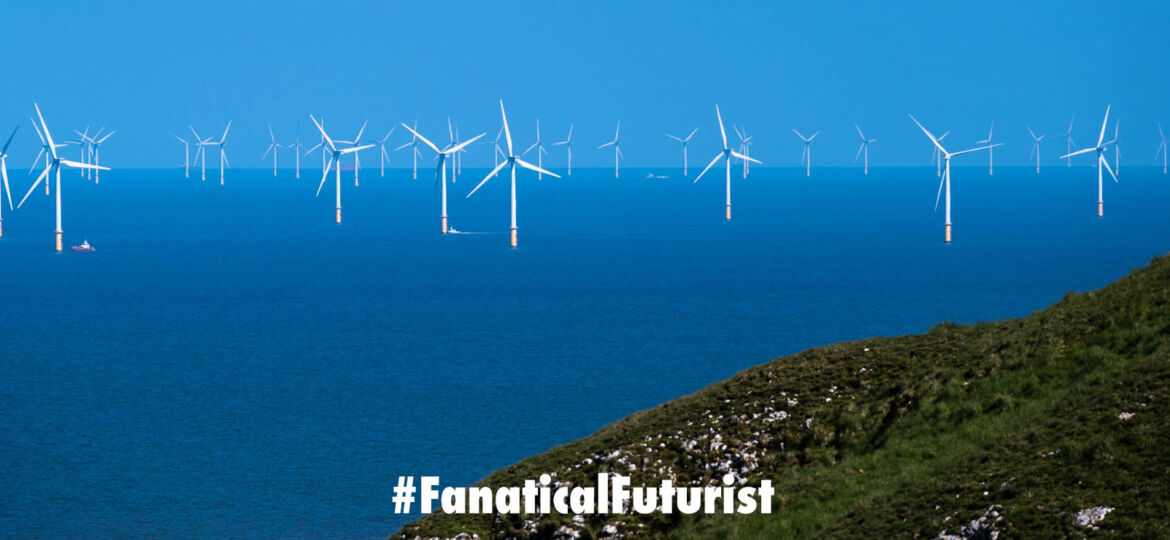
WHY THIS MATTERS IN BRIEF
Energy that is generated and stored offshore needs transporting, just like we transport oil today, so Japan have created a new breed of “Energy tankers.”
 Love the Exponential Future? Join our XPotential Community, future proof yourself with courses from XPotential University, read about exponential tech and trends, connect, watch a keynote, or browse my blog.
Love the Exponential Future? Join our XPotential Community, future proof yourself with courses from XPotential University, read about exponential tech and trends, connect, watch a keynote, or browse my blog.
Every year the world is getting more and more of its energy from renewable energy, so much so that last year according to the IEA new fossil fuel energy generation projects represented less than a sixth of the total. And while this is a great thing when it comes to deep sea wind turbines, like the massive ones GE are developing, companies are wondering how to get the energy they produce back to shore.
One answer is to create the modern equivalent of an oil tanker, except rather than transporting oil which can then be used to generate electricity the tankers instead carry the electricity produced from the wind turbines in giant battery banks. It’s odd how things come full circle …
The Future of Energy 2050, by Futurist Keynote Matthew Griffin
Unveiled the other week the Power ARK 100, which will be an autonomous drone ship, is a 100 TEU trimaran specially designed for transferring renewable energy in Japan’s coastal waters, and upon its completion in 2025 it will carry 100 grid batteries, equating to 200 MWh of power which is equivalent to the total electricity consumption of 22,000 Japanese households in a day, PowerX said.
The vessel will be able to travel up to 300 kilometres when running only on electricity and will be able to unlock long-distance, intercontinental clean power transmission when it’s powered by both electricity and sustainable biodiesel fuels, the company said.
See the ship concept in action
PowerX will also build a gigawatt-scale battery assembly facility in Japan to mass-produce batteries for the Power Transfer Vessels. The factory’s annual production capacity will achieve 1 GWh by 2024, and will eventually reach 5 GWh by 2028, PowerX said.
The Japanese government plans to develop 10 GW of offshore wind capacity by fiscal 2030 and 30-45 GW by fiscal 2040.
According to PowerX, Japan is surrounded by deep coastal waters which limit the potential range for setting up offshore wind farms so this is a neat solution. PowerX intends to change how the world consumes and transfers renewable energy by providing a unique solution that can lift the restriction on power generation location, which will allow a greater flexibility for offshore wind farm locations, especially for an island country like Japan, the company said.
















